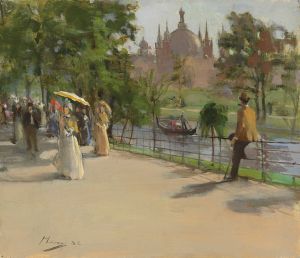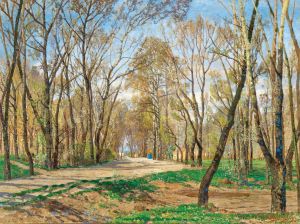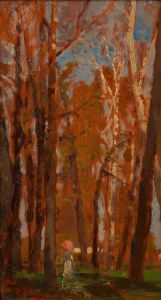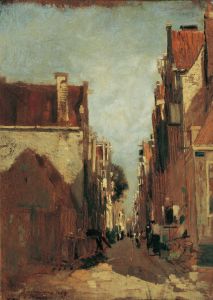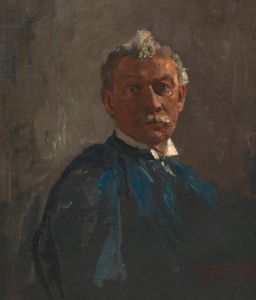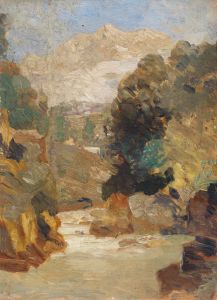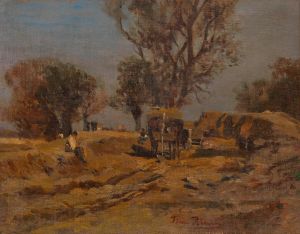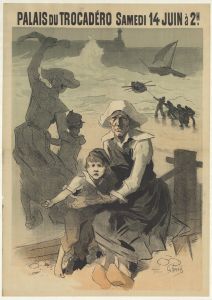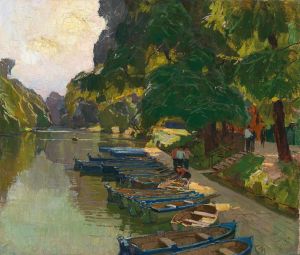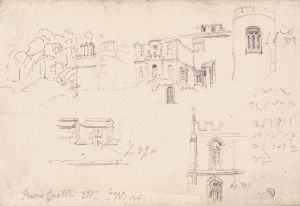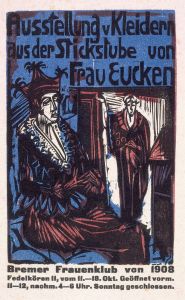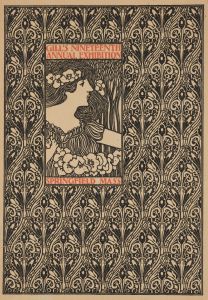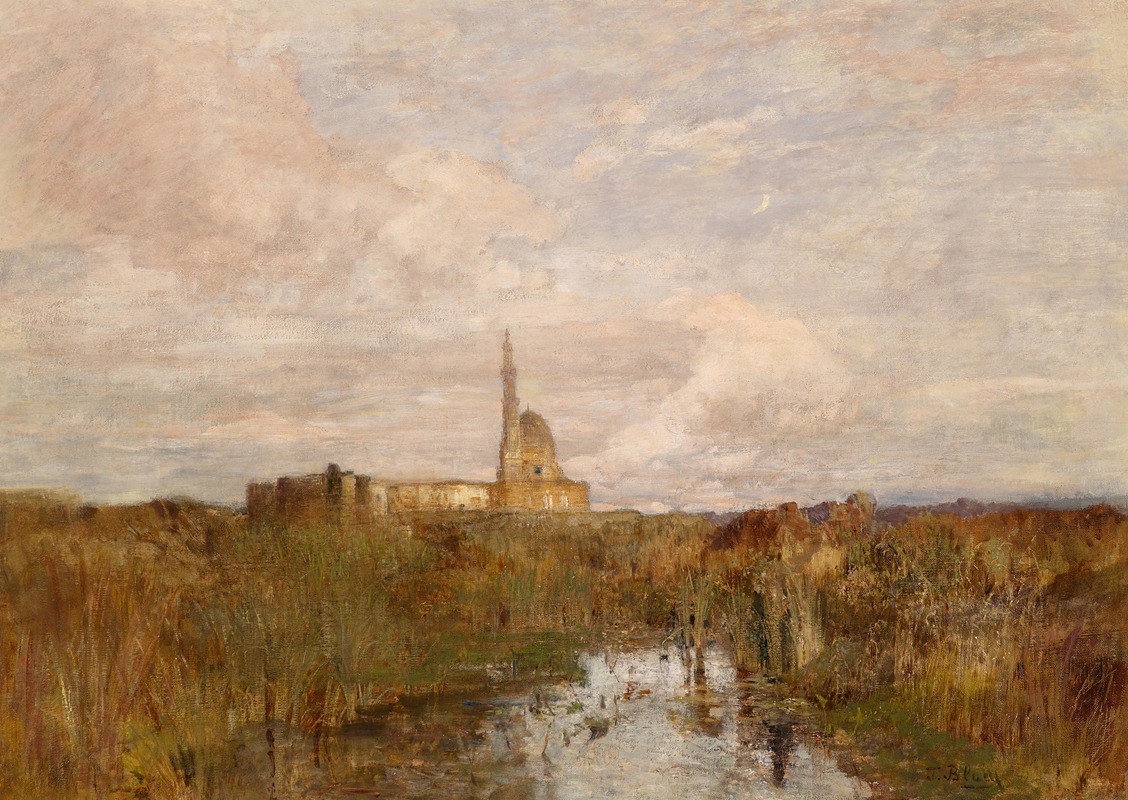
Ägyptischer Palast Weltausstellung 1873 Wien
A hand-painted replica of Tina Blau’s masterpiece Ägyptischer Palast Weltausstellung 1873 Wien, meticulously crafted by professional artists to capture the true essence of the original. Each piece is created with museum-quality canvas and rare mineral pigments, carefully painted by experienced artists with delicate brushstrokes and rich, layered colors to perfectly recreate the texture of the original artwork. Unlike machine-printed reproductions, this hand-painted version brings the painting to life, infused with the artist’s emotions and skill in every stroke. Whether for personal collection or home decoration, it instantly elevates the artistic atmosphere of any space.
Tina Blau, an Austrian landscape painter, is known for her vibrant and atmospheric depictions of nature and urban scenes. One of her notable works is "Ägyptischer Palast Weltausstellung 1873 Wien," which translates to "Egyptian Palace, Vienna World's Fair 1873." This painting captures a scene from the Vienna World's Fair, an event that showcased international cultures, technological advancements, and artistic achievements.
The Vienna World's Fair, officially known as the Weltausstellung 1873 Wien, was held in the Prater, a large public park in Vienna, Austria. It was the first world exposition to be held in a German-speaking country and attracted numerous visitors from around the globe. The fair featured pavilions from various countries, each displaying their unique cultural and industrial accomplishments. Among these was the Egyptian Pavilion, which is the subject of Blau's painting.
Tina Blau's depiction of the Egyptian Palace reflects her keen interest in capturing the essence of the places she painted. Her work is characterized by a lively use of color and light, which brings the scene to life. In "Ägyptischer Palast Weltausstellung 1873 Wien," Blau employs her signature style to portray the architectural details and the bustling atmosphere surrounding the pavilion. The painting not only highlights the grandeur of the Egyptian architecture but also provides a glimpse into the cultural exchange and fascination with the exotic that was prevalent during the 19th century.
Blau was part of the Austrian art movement known as the "Stimmungsimpressionismus," or "Mood Impressionism," which focused on capturing the mood and atmosphere of a scene rather than just its physical details. Her ability to convey the ambiance of the World's Fair through her brushwork and color palette is evident in this painting. The use of light and shadow, along with the vibrant colors, creates a dynamic composition that draws the viewer into the scene.
The 1873 Vienna World's Fair was a significant event in the history of international exhibitions. It provided a platform for countries to display their achievements and fostered cultural understanding and exchange. Blau's painting serves as a historical document, preserving the memory of this grand event and the diverse cultural representations it featured.
Tina Blau's contribution to art extends beyond her paintings. As a woman artist in the 19th century, she broke barriers in a male-dominated field and gained recognition for her talent and unique perspective. Her works are celebrated for their technical skill and emotional depth, and they continue to be appreciated by art enthusiasts and historians alike.
In summary, "Ägyptischer Palast Weltausstellung 1873 Wien" by Tina Blau is a vivid representation of the Egyptian Pavilion at the Vienna World's Fair. Through her masterful use of color and light, Blau captures the spirit of the event and the architectural beauty of the pavilion. Her work not only reflects the artistic trends of her time but also serves as a testament to the cultural exchanges that took place during the 19th century.





![Interior of the mosque of the Metwalys [Metwalis].](/imgs/217497/s/david-roberts-interior-of-the-mosque-of-the-metwalys-metwalis-d41ed7bd.jpg)
